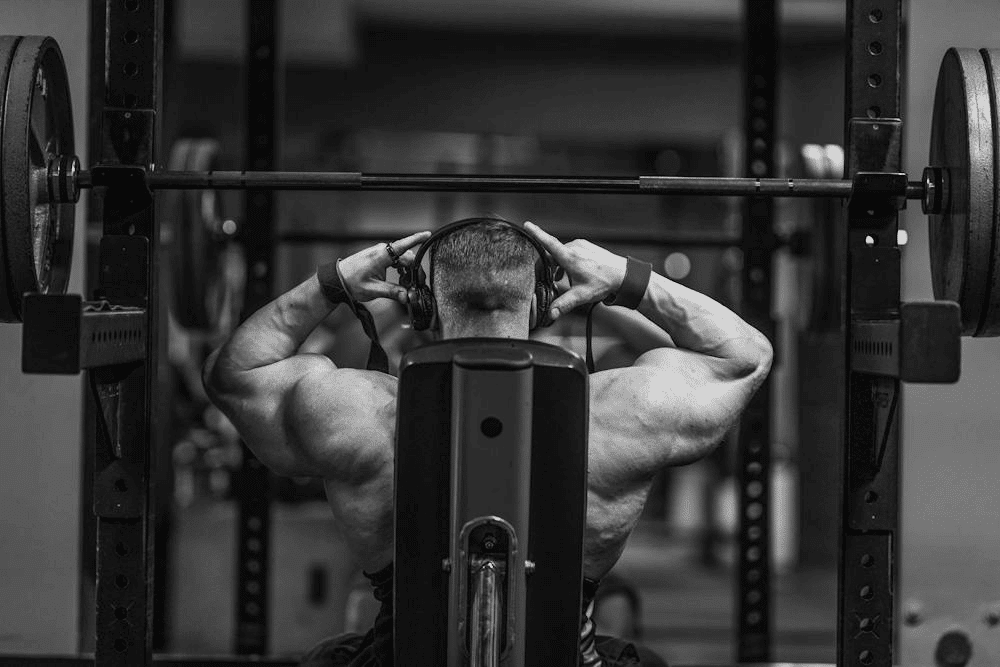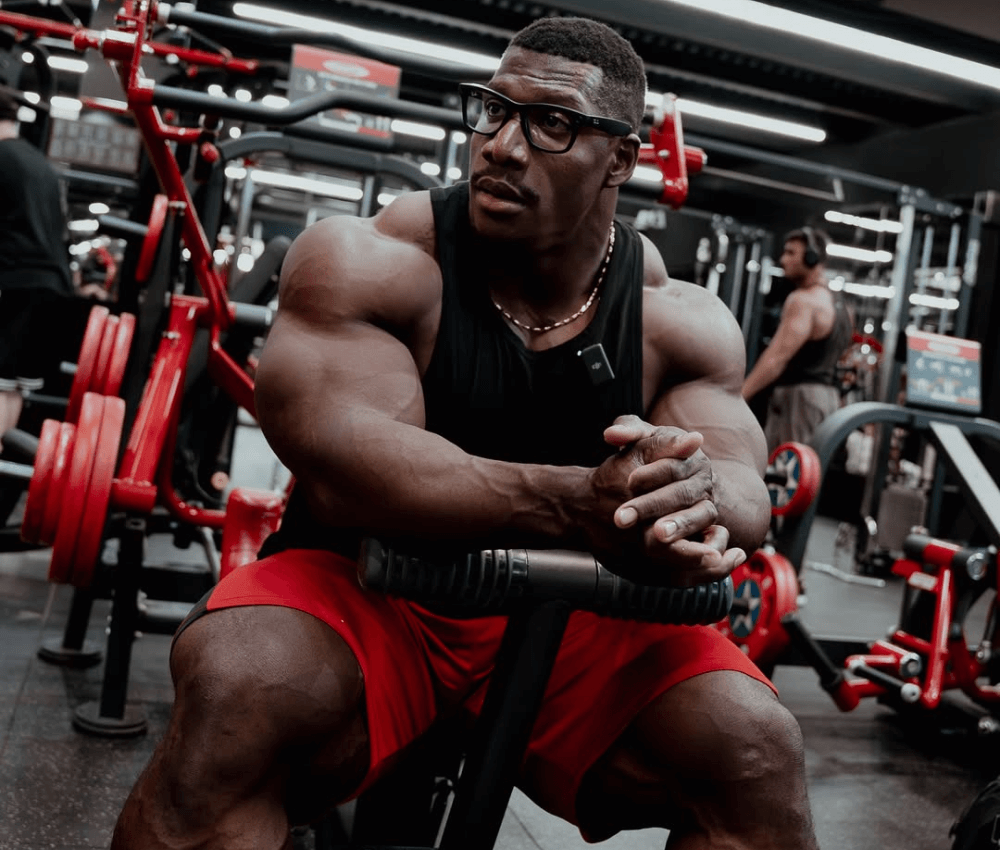Table of Contents
- Executing the Perfect Incline Dumbbell Press
- Benefits of the Incline Dumbbell Press
- Common Mistakes to Avoid
- Variations and Progressions
- Incorporating the Incline Dumbbell Press into Your Routine
- Optimizing Your Workouts with the Incline Dumbbell Press
- Advanced Techniques for Muscle Growth
- Addressing Plateaus
- Safety and Injury Prevention
- The Role of Nutrition and Recovery
The incline dumbbell press is a fundamental exercise in strength training and bodybuilding, targeting the upper chest muscles. Known for its effectiveness in building muscle mass and strength, this exercise is a staple in many workout routines. Let’s dive into the mechanics, benefits, and variations of the incline dumbbell press.
Executing the Perfect Incline Dumbbell Press
- Setting the Bench: Begin by setting an adjustable bench to an incline of about 30-45 degrees. This angle is crucial for targeting the upper pectorals.
- Grip and Position: Hold a dumbbell in each hand at shoulder width. Lie back on the bench, keeping your feet flat on the floor for stability.
- The Lift: Exhale and press the dumbbells upward in a controlled motion, extending your arms fully. Keep your wrists straight and elbows slightly tucked.
- Lowering the Weights: Inhale as you slowly lower the dumbbells back to the starting position, aligning them with your chest.
- Mind-Muscle Connection: Focus on engaging the chest muscles throughout the movement for maximum benefit.
Benefits of the Incline Dumbbell Press
- Upper Chest Development: This exercise specifically targets the clavicular head of the pectoralis major, which is essential for a well-rounded chest development.
- Improved Muscle Imbalance: Using dumbbells allows for a greater range of motion and helps in correcting any muscle imbalances between the two sides of the body.
- Versatility: The incline dumbbell press can be easily integrated into various workout routines and adjusted to suit different fitness levels.
Common Mistakes to Avoid
- Excessive Weight: Starting with too heavy weights can lead to poor form and potential injury. Choose a weight that allows for control and a full range of motion.
- Flaring Elbows: Keep your elbows slightly tucked to avoid putting excess strain on the shoulders.
- Losing Tension: Ensure that the chest muscles remain engaged throughout the exercise. Avoid locking the elbows at the top to maintain muscle tension.
Variations and Progressions
- Changing Angles: Adjusting the incline angle can help target different areas of the upper chest.
- Alternating Dumbbell Press: Press one dumbbell at a time to increase core engagement and stability. You may also incorporate a 5-day dumbbell workout in your routine.
- Incline Hammer Press: Using a hammer grip (palms facing each other) can vary muscle engagement and reduce shoulder strain.
Incorporating the Incline Dumbbell Press into Your Routine
- As part of a Chest Workout: Include the incline dumbbell press in your chest workouts, combining it with flat and decline presses for comprehensive chest development.
- Volume and Intensity: For muscle growth, aim for 3-4 sets of 8-12 reps. Adjust the volume and intensity based on your specific training goals.
Optimizing Your Workouts with the Incline Dumbbell Press
- Strategic Placement in Workouts: For maximum effectiveness, perform the incline dumbbell press early in your chest workout when your energy levels are high. This ensures you can lift heavier weights with better form.
- Warm-Up: Always start with a proper warm-up to prepare your muscles and joints. Light cardio and stretching, followed by a few sets with lighter weights, can increase blood flow and reduce the risk of injury.
Advanced Techniques for Muscle Growth
- Drop Sets: To increase intensity, incorporate drop sets by performing your usual set, then immediately dropping to a lower weight and continuing until failure.
- Supersets: Combine the incline dumbbell press with other exercises like flyes or push-ups for a superset that challenges your muscles in different ways.
Addressing Plateaus
- Varying Rep Ranges: If you hit a plateau, try varying your rep ranges. Include some low-rep, heavy-weight sets for strength and some high-rep, lower-weight sets for endurance.
- Rest Periods: Adjust your rest periods between sets. Shorter rests can increase the intensity, while longer rests allow for heavier lifts.
Safety and Injury Prevention
- Proper Form: Maintaining proper form is crucial to prevent injuries. Avoid arching your back excessively, and keep the movements smooth and controlled.
- Listen to Your Body: Pay attention to your body’s signals. If you feel pain beyond normal muscle fatigue, stop the exercise and consult a professional if necessary.
The Role of Nutrition and Recovery
- Fueling Muscle Growth: To maximize the benefits of the incline dumbbell press, ensure your diet is rich in proteins, carbohydrates, and healthy fats for muscle repair and growth.
- Adequate Recovery: Give your muscles time to recover with adequate rest and sleep. Muscle growth occurs during recovery, so don’t underestimate its importance.
Final Verdict!
The incline dumbbell press is an essential exercise for anyone looking to enhance their upper body strength and aesthetics. By mastering the correct technique and incorporating variations, you can significantly improve your chest development.
Whether you’re a beginner or an experienced athlete, this exercise offers the versatility and effectiveness to be a valuable addition to your workout arsenal.







